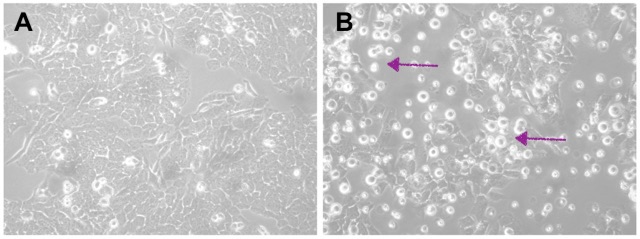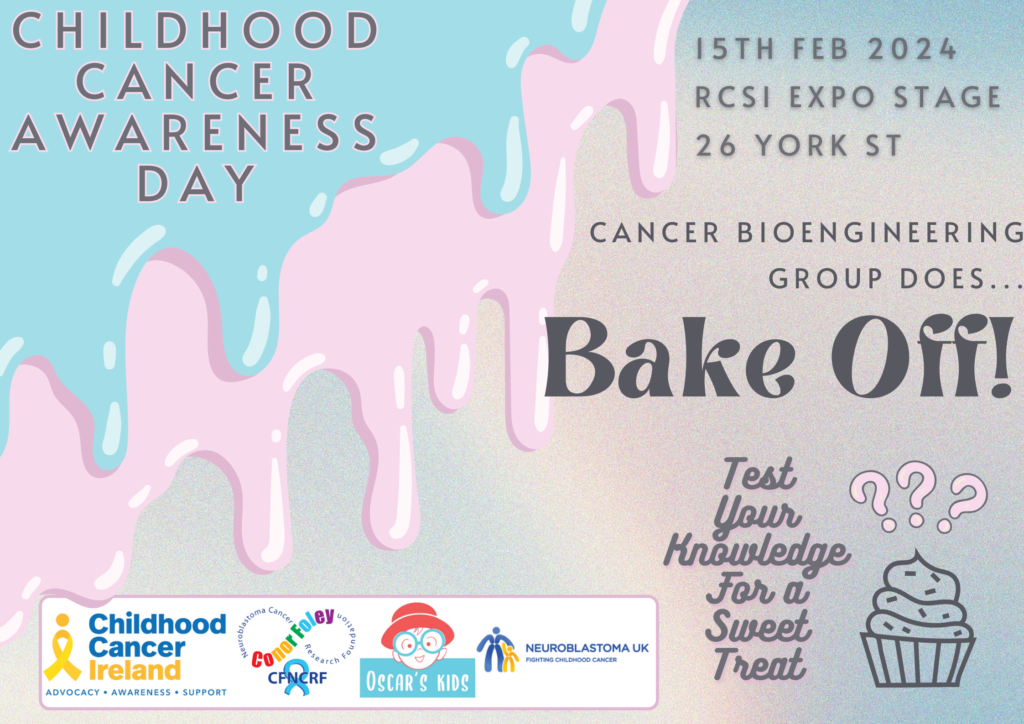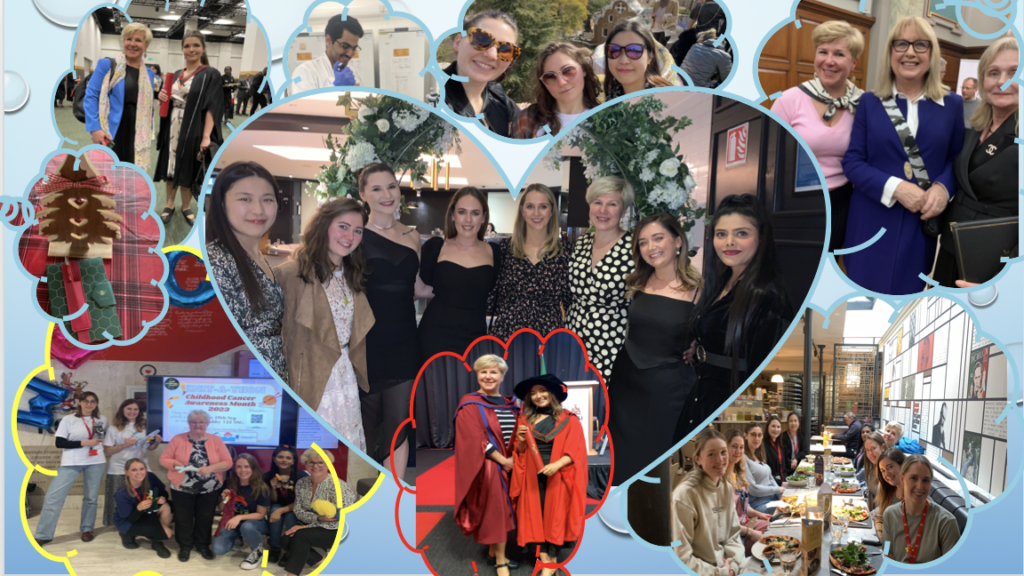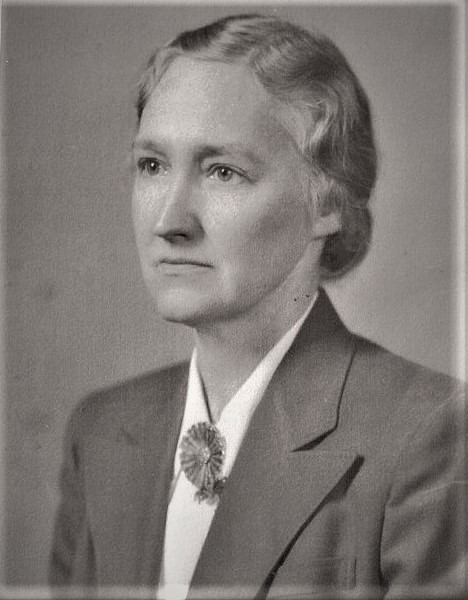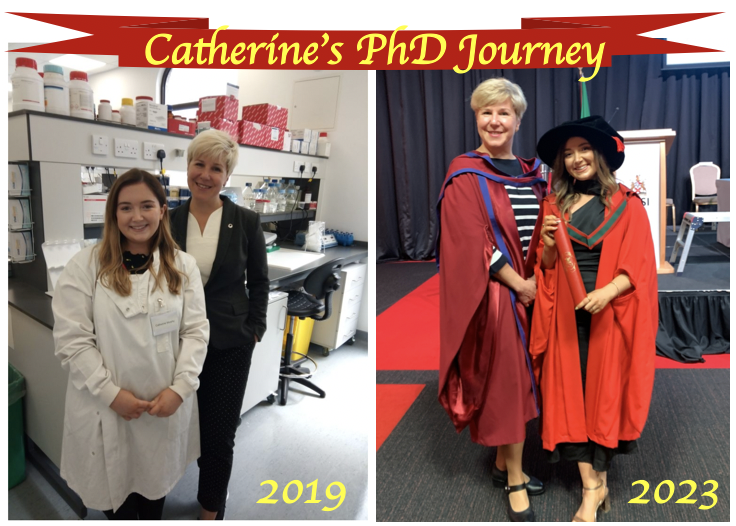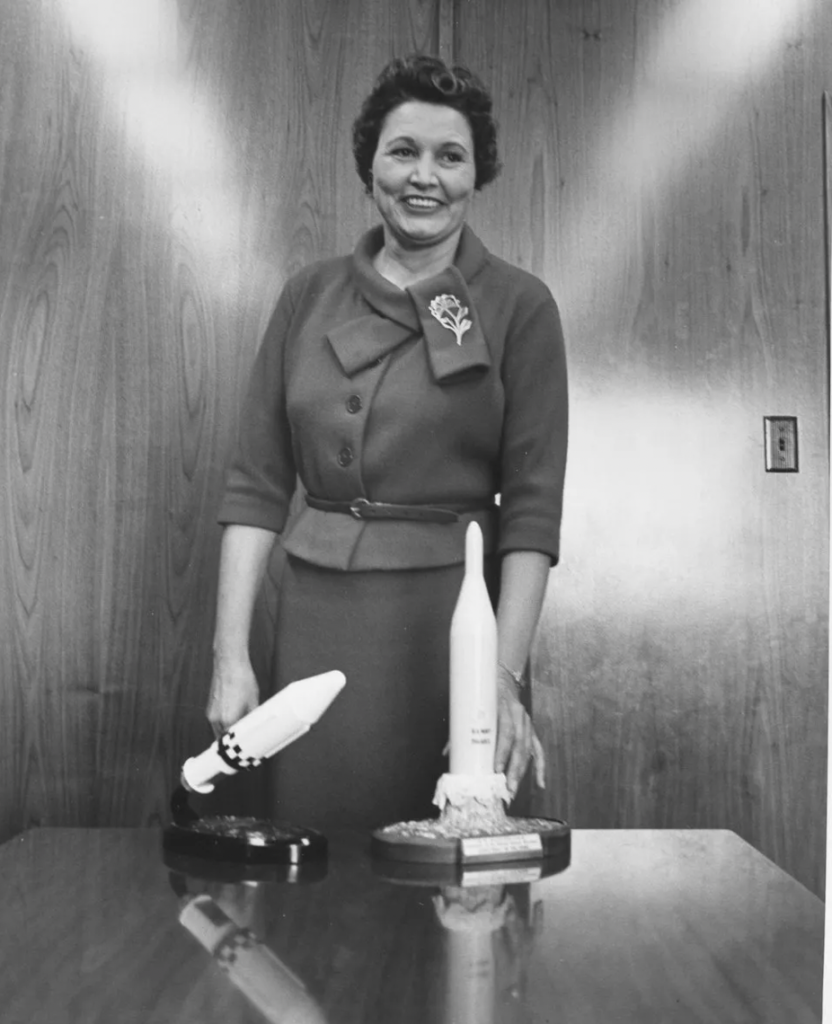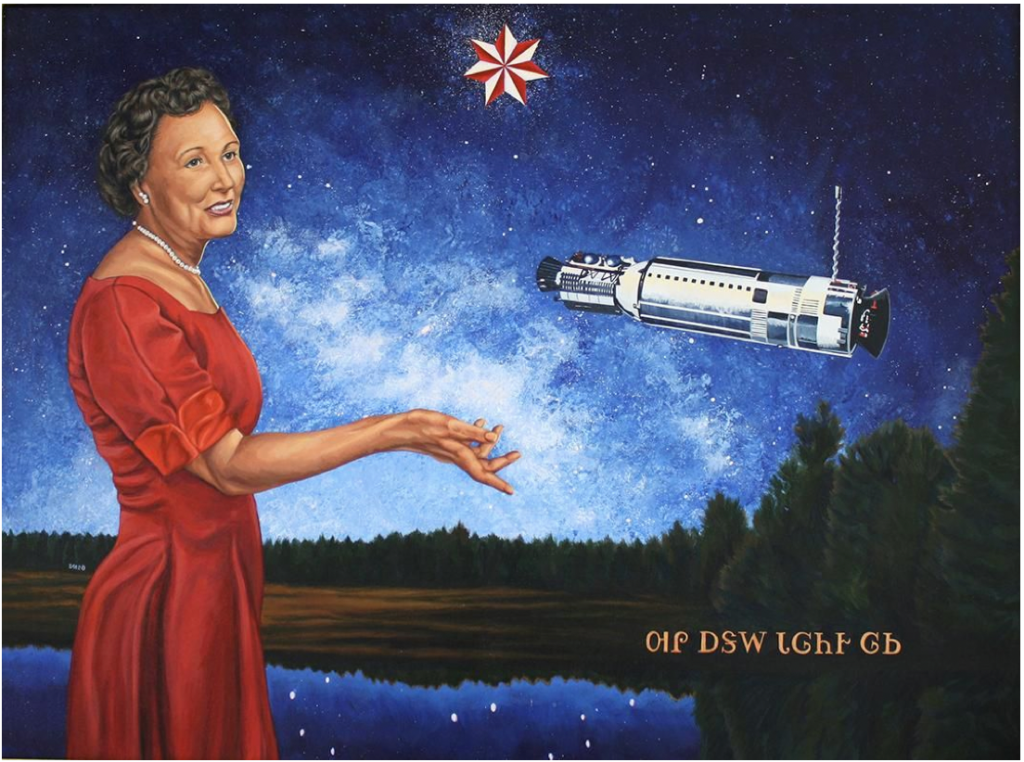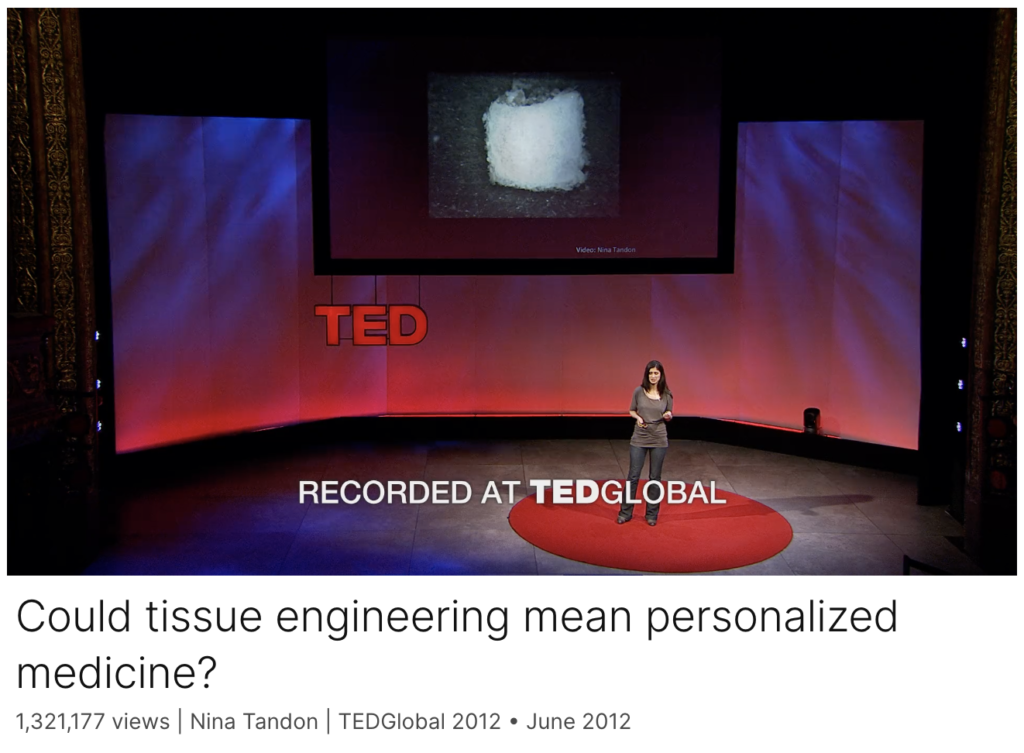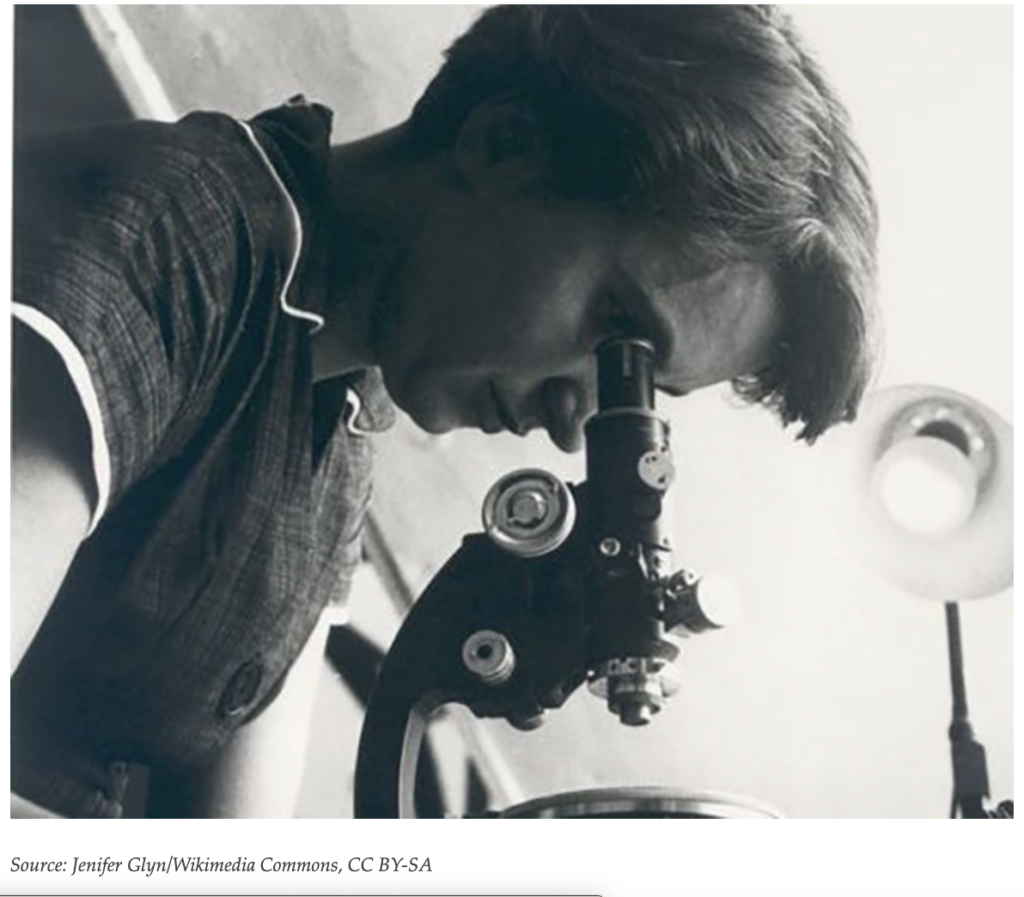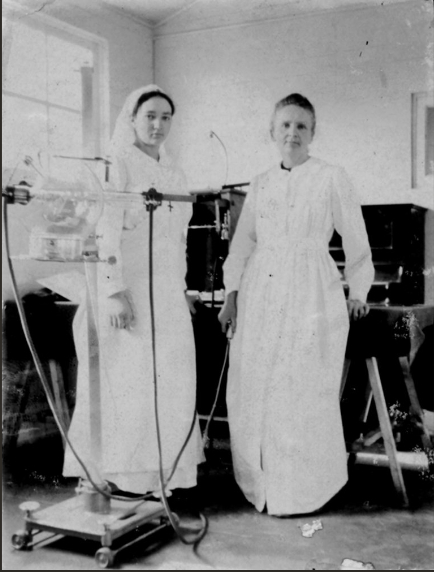Women have made significant contributions to the field of science throughout history, but they have often faced gender-based barriers and discrimination. Despite the challenges, several pioneering women made significant contributions to various scientific fields. Marie Curie, for example, conducted ground-breaking research in radioactivity and was the first person (and remains the only woman) to win Nobel Prizes in two different scientific disciplines (physics and chemistry). In 1903, she received the Nobel Prize in Physics along with Pierre Curie and Henri Becquerel for their work on radioactivity. Later, in 1911, she received the Nobel Prize in Chemistry for her contributions to the understanding of radium and polonium. These discoveries had a profound impact on the understanding of atomic and nuclear physics and laid the foundation for numerous scientific and medical advancements. They led the development of X-ray machines for medical diagnosis and the development of cancer treatment through radiation therapy (NobelPrize.org, 2023).
As a woman in the 20th Century, Madame Curie too faced early struggles with financial and gender-related challenges in her pursuit of education. She had to work hard as a governess and in other low-paying jobs to support her sister’s education before she could attend University. Her struggles continued into her research, where she first published her early scientific work under the pseudonym “Pierre Curie” to avoid gender bias and prejudice. This allowed her to have her work taken more seriously. However, despite her struggles to receive an education, in 1906, Marie Curie herself became the first Female Professor at the University of Paris (MarieCurie.org, 2023)
Marie Curie not alone made epic contributions to science, she was also involved in war efforts. During World War I, Marie Curie developed mobile radiography units, or “Little Curies,” to provide X-ray services to wounded soldiers. She and her daughter, Irène, operated these units on the front lines. She also served as the director of the Red Cross Radiology Service and trained nurses and doctors in radiography (Davis, 2016).
Madame Curie passed away on July 4, 1934, in Sallanches, France, but her legacy in the world of science endures. Marie Curie’s personal cookbook and other belongings are still radioactive and are stored in lead-lined boxes at the National Library in Paris. They will remain radioactive for thousands of years. The Musée Curie (Curie Museum) is a museum located in Marie Curie’s former laboratory at the Institut du Radium in Paris. It showcases her personal artefacts, laboratory equipment, and documents related to her research on radioactivity. If you are holidaying in Paris, you can take an hour and explore the laboratory space and learn about the scientific achievements of Marie Curie and her husband, Pierre Curie. For me, Marie Curie’s dedication to research, numerous contributions to the field of radioactivity, and her status as a trailblazing woman in science is inspiring. I hope her legacy will continue to inspire generations of scientists and serve as a testament to the power of scientific curiosity and perseverance.
Fun fact: Radium became a popular element in various consumer products during the early 20th century. It was added to items like toothpaste, face creams, and even drinks, all of which claimed to provide health benefits. Marie Curie herself endorsed some of these products before the health risks of radiation exposure were well understood (Santos, 2021).
Written by Ciara Gallagher
Reading:
DAVIS, A. 2016. How Marie Curie Helped Save a Million Soldiers During World War I The radiology pioneer developed and operated mobile X-ray units to treat the injured. Available: https://spectrum.ieee.org/how-marie-curie-helped-save-a-million-soldiers-during-world-war-i [Accessed 2023].
MARIECURIE.ORG. 2023. Marie Curie the scientist [Online]. Available: https://www.mariecurie.org.uk/who/our-history/marie-curie-the-scientist#:~:text=Born%20Maria%20Sk%C5%82odowska,She%20never%20lost%20this%20passion. [Accessed].
NOBELPRIZE.ORG. 2023. Marie Curie [Online]. [Accessed 24/10/23 2023].
SANTOS, L. J. 2021. “A Revolutionary Beauty Secret!” On the Rise and Fall of Radium in the Beauty Industry. LitHub.
